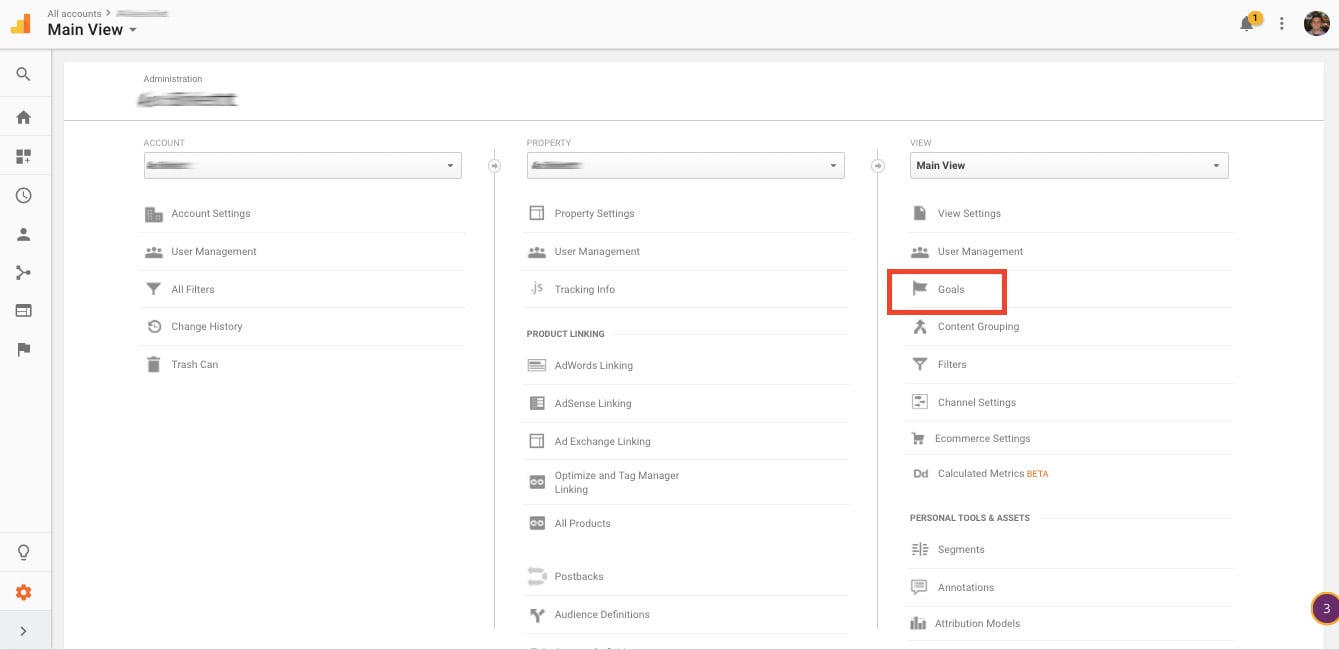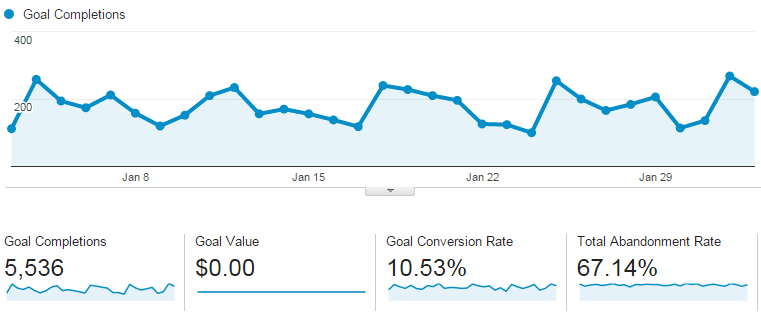Discover What Data Is Google Analytics Goals Unable to Track
Discover What Data Is Google Analytics Goals Unable to Track
Blog Article
Debunking Google Analytics Limitations: Discover What Data Goals Can not Track
In the world of electronic analytics, Google Analytics stands as a powerful tool that supplies useful understandings right into web site performance and user actions. Nevertheless, amidst its capabilities, there exist restrictions that typically go unnoticed. Recognizing what Google Analytics can not track is critical for a comprehensive grasp of data interpretation and decision-making processes. From the ins and outs of individual interaction with dynamic web content to the complexities of cross-device customer trips, these constraints clarified locations that might remain covered from typical analytics viewpoints. By deciphering these restrictions, a more clear picture emerges, enabling even more educated methods and fine-tuned understandings right into customer involvement and conversions.

User Interaction With Dynamic Material
Individual communication with dynamic web content plays a critical role in recognizing customer habits on websites and optimizing the general customer experience. By tracking user interactions with vibrant material, web site owners can get valuable understandings right into customer interaction, choices, and actions - what data is google analytics goals unable to track.
Google Analytics supplies numerous tools to track individual interactions with vibrant material, such as occasion monitoring and digital pageviews. Occasion monitoring allows you to check certain customer actions, like clicking a button or enjoying a video, offering information on just how customers connect with vibrant elements.
Cross-Device Individual Journeys
How can contemporary analytics devices track the facility courses individuals take across numerous devices in their on-line journeys? Cross-device individual journeys offer a considerable challenge for tracking and assessing customer habits accurately. As customers communicate with applications or websites using various tools such as desktop computers, tablets, and mobile phones, it becomes critical to comprehend just how they relocate in between these platforms to maximize individual experience efficiently.
Google Analytics faces constraints in tracking cross-device customer journeys because of privacy concerns and technological restraints - what data is google analytics goals unable to track. While it can give insights right into specific tools' interactions, tracking a smooth individual journey across multiple gadgets remains a difficulty. This restriction can result in insufficient information and fragmented customer insights, making it challenging for companies to develop a unified sight of the client trip
To resolve this concern, companies can utilize sophisticated analytics devices that use cross-device monitoring capacities, enabling them to obtain a more alternative understanding of user behavior. By leveraging these tools, companies can link the gap in tracking cross-device individual journeys and enhance their electronic strategies for a seamless customer experience.
Offline Conversions and Attribution
As services browse the difficulties of tracking cross-device user trips, another essential facet to take into consideration is the world of offline conversions and attribution in the realm of data analytics. While Google Analytics gives useful insights right into on-line user behavior, it fails when it comes to tracking conversions that occur offline. This restriction positions a substantial challenge for businesses that have both online and offline sales channels.
Offline conversions, such as acquisitions made in physical shops or with telephone call centers, are visit homepage important to understanding the total consumer trip. Without the ability to connect these offline conversions to certain on the internet communications, services might battle to properly measure the impact of their digital advertising efforts.
To resolve this gap, companies can discover alternate options such as integrating CRM systems with on-line analytics devices or making use of unique promo codes that can be mapped back to online projects. By linking the gap between online and offline data, services can acquire a more detailed understanding of their clients' actions and boost their overall marketing techniques.
Individual Individual Recognition
In the realm of data analytics, the capacity to accurately determine private customers throughout numerous online touchpoints is a vital challenge for services seeking to customize and optimize their advertising and marketing methods. While Google Analytics supplies useful insights into user habits and communications, it drops short in allowing the recognition of particular people due to privacy concerns and technological restrictions. Google Analytics makes use of unique identifiers such as cookies to track individual sessions and actions, yet these do not relate to determining specific users in an individual sense.

Information From Secure Pages
Despite the increasing prevalence of secure web pages on websites, obtaining data from these encrypted sources provides an one-of-a-kind challenge for digital analytics systems like Google Analytics. Safeguard pages, indicated by HTTPS in the link, encrypt data exchanged in between the user's internet browser and the web site's web server to make certain privacy and protection. While this file encryption is crucial for protecting sensitive info, it also positions restrictions for tracking customer behavior and gathering analytics data.
Google Analytics deals with challenges in accumulating comprehensive information from safe and secure web pages because of the encryption protocols in position. Because of this, certain information factors such as referral sources, keyword searches, and also some user communications may not be totally captured when customers access a site with a secure link. This limitation can influence the accuracy and efficiency of the data evaluation, leading to gaps in recognizing individual actions and preferences on safe and secure web pages.
To navigate this difficulty, electronic analysts might require to check out different monitoring methods or take site web advantage of other tools particularly developed to collect insights from protected pages. By adapting strategies to accommodate these constraints, organizations can still obtain beneficial analytics in spite of the constraints presented by encrypted connections.
Verdict
In verdict, Google Analytics has limitations in tracking user communication with dynamic content, cross-device user journeys, offline conversions, specific user identification, and information from protected web pages. In spite of its important insights, Google Analytics might not give a full photo of customer engagement throughout numerous touchpoints.
Customer communication with vibrant content plays a vital role in recognizing user behavior on web sites and enhancing the overall user experience. By tracking individual communications with dynamic content, website owners can get important understandings into individual engagement, preferences, and actions.
Google Analytics utilizes one-of-a-kind identifiers such as cookies to track individual sessions and actions, but these do not correspond to identifying individual users in a personal sense.
As an outcome, particular information factors such as reference sources, keyword searches, and even some individual interactions may not be fully captured when individuals access a website via a safe and secure connection.In conclusion, Google Analytics has constraints in tracking individual communication with dynamic material, cross-device customer journeys, offline conversions, individual user identification, and data from secure pages.
Report this page